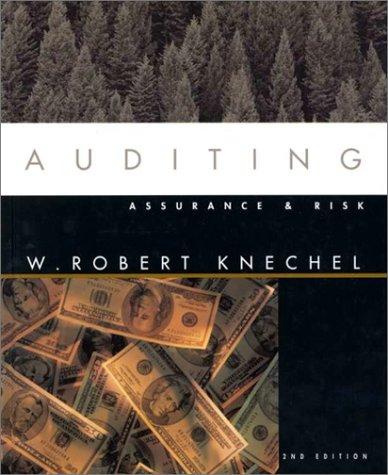


Christopher's Custom Cabinet Company uses a job order cost system with overhead applied as a percentage of direct labor costs. Inventory balances at the beginning of 2016 follow: Raw Materials Inventory Work in Process Inventory Finished Goods Inventory $16,400 5,700 20,200 The following transactions occurred during January (a) Purchased materials on account for $27,200 (6) Issued materials to production totaling $20,500, 90 percent of which was traced to specific jobs and the remainder of which was treated as indirect materials. (c) Payroll costs totaling $16,800 were recorded as follows: $11,700 for assembly workers 1,600 for factory supervision 1,500 for administrative personnel 2,000 for sales commissions (d) Recorded depreciation: $4,200 for machines, $500 for the copier used in the administrative office. (e) Recorded $1,300 of expired insurance. Forty percent was insurance on the manufacturing facility, with the remainder classified as an administrative expense. (0 Paid $5,000 in other factory costs in cash. (g) Applied manufacturing overhead at a rate of 200 percent of direct labor cost. (h) Completed all jobs but one; the job cost sheet for this job shows $2,200 for direct materials, $2,400 for direct labor, and $4,800 for applied overhead. (1) Sold jobs costing 551,800. The revenue earned on these jobs was $67,340. Required: 1. Set up T-accounts, record the beginning balances, post the January transactions, and compute the final balance for the following accounts: (Post all amounts separately. Do not combine/add any dollar amounts when posting to the t-accounts.) a. Raw Materials Inventory. b. Work in Process Inventory. c. Finished Goods Inventory. d. Cost of Goods Sold. e. Selling, General, and Administrative Expenses. f. Sales Revenue. g. Other accounts (Cash, Payables, etc.). Work in Process Inventory Raw Materials Inventory 16,400 27,200 Beg. Bal. (a) Beg. Bal. (b) End. Bal. 43,600 End. Bal. 0 Finished Goods Inventory Cost of Goods Sold Beg. Bal. Beg. Bal. End. Bal. 0 End. Bal. Manufacturing Overhead Selling, General, and Administrative Expenses Beg. Bal. Beg. Bal. End. Bal. 0 End. Bal. 01 Sales Revenue Other Accounts (Cash, Payables, etc.) Beg. Bal. Beg. Bal. End. Bal. 0 End. Bal. 2. Determine how much gross profit the company would report during the month of January before any adjustment is made for the overhead balance. Unadjusted Gross Profit 3. Determine the amount of over- or underapplied overhead. Manufacturing Overhead 4. Compute adjusted gross profit assuming that any over- or underapplied overhead balance is adjusted directly to Cost of Goods Sold. Adjusted Gross Profit









